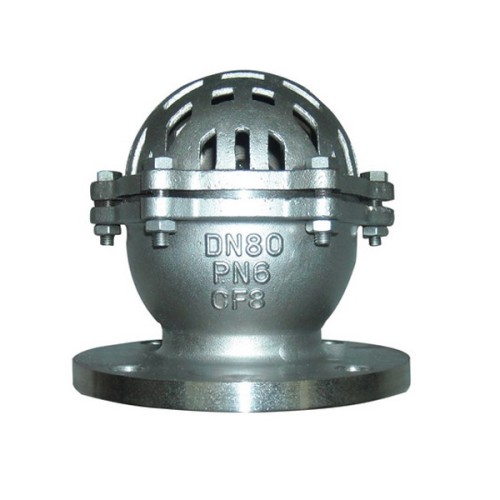Elastic Rubber Connectors for Enhanced Joint Performance and Durability in Various Applications
Understanding Molded Rubber Coupling Joints A Comprehensive Overview
Molded rubber coupling joints play an integral role in various industrial applications, particularly in the fields of construction, automotive, and manufacturing. These components are designed to connect two shafts, enabling them to rotate together while absorbing shock and vibration. This article delves into the characteristics, benefits, and applications of molded rubber coupling joints, shedding light on why they are indispensable in many systems.
What Are Molded Rubber Coupling Joints?
Molded rubber coupling joints are flexible connectors made from specially formulated rubber compounds. They are molded into a specific shape that allows for easy integration into systems requiring coupling of rotating shafts or components. Unlike rigid couplings, molded rubber joints can accommodate misalignment and absorb shock loads, protecting machinery from premature wear and tear. This flexibility is essential in maintaining the integrity of both connected components, especially in environments subject to vibrations or shifting loads.
Key Characteristics
1. Flexibility and Shock Absorption The primary characteristic of molded rubber coupling joints is their ability to flex and absorb impacts. This makes them ideal for applications where equipment is subjected to sudden shocks or misalignments.
2. Isolation of Vibrations Molded rubber provides excellent vibration isolation properties, ensuring that any vibrations generated by one shaft do not transfer to another. This reduces noise levels and enhances the overall operation of machinery.
3. Chemical Resistance Depending on the rubber formulation, these joints can withstand various chemical exposures, contributing to their longevity and reliability in harsh environments.
4. Easy Installation Molded rubber coupling joints are designed for straightforward installation, often requiring minimal tools and time to secure properly in place. This can lead to significant cost savings during maintenance and repair activities.
5. Variety of Configurations Available in many shapes and sizes, molded rubber coupling joints can be tailored to fit specific applications and requirements, making them versatile for different industries.
Benefits of Molded Rubber Coupling Joints
The advantages of using molded rubber coupling joints extend far beyond their basic characteristics
. Here are several key benefitsmolded rubber coupling joints

1. Enhanced Durability The combination of rubber's flexible properties and its resistance to environmental factors extends the life of the joint and the connected equipment.
2. Maintenance-Free Operation Unlike mechanical couplings that may require periodic adjustments and lubrication, molded rubber joints often operate without the need for ongoing maintenance.
3. Cost-Effective Solution Given their longevity and reduced maintenance needs, molded rubber coupling joints can lead to lower overall operational costs.
4. Improved Performance By effectively dampening vibrations and absorbing shocks, these joints can enhance the performance and reliability of machinery.
5. Customization Options Manufacturers often provide customization options in terms of size, shape, and material composition, allowing companies to find the perfect fit for their specific requirements.
Applications
Molded rubber coupling joints find use across a wide array of industries
- Automotive In vehicles, these joints connect various rotating components, such as drive shafts and engines, providing smooth operation and reducing wear. - Pumping Systems In pumps, rubber couplings help align and connect motor shafts with pump shafts, accommodating any misalignments that may occur.
- Construction Equipment Heavy machinery often employs molded rubber joints to reduce the impact of shocks and vibrations, enhancing structural integrity.
- Manufacturing In industrial settings, molded rubber coupling joints streamline processes by connecting conveyor belts, reducing noise, and minimizing downtime.
Conclusion
In summary, molded rubber coupling joints are vital components in numerous applications across various industries. Their inherent flexibility, shock-absorbing capabilities, and ease of installation make them a preferred choice for engineers and manufacturers alike. As machinery continues to advance, the demand for reliable, efficient coupling solutions will only grow, firmly positioning molded rubber coupling joints as a cornerstone of modern mechanical design and function.
-
Breakthrough in Domestic Low Temperature Valve Technology in ChinaNewsAug.18,2025
-
From Machinery to Intelligent Brain: The Digital Transformation Wave of the Valve IndustryNewsAug.18,2025
-
PCVEXPO 2025NewsAug.18,2025
-
The Key to Fluid Control: Exploring the Advantages of Ball Valves in Industrial SystemsNewsJul.09,2025
-
The Versatile World of 1, 2, and 3 Piece Ball ValvesNewsJul.09,2025
-
Stainless Steel Ball Valves: The Ideal Choice for Efficient Flow ControlNewsJul.09,2025
-
Optimizing Fluid Control with Ball Float ValvesNewsJul.09,2025




